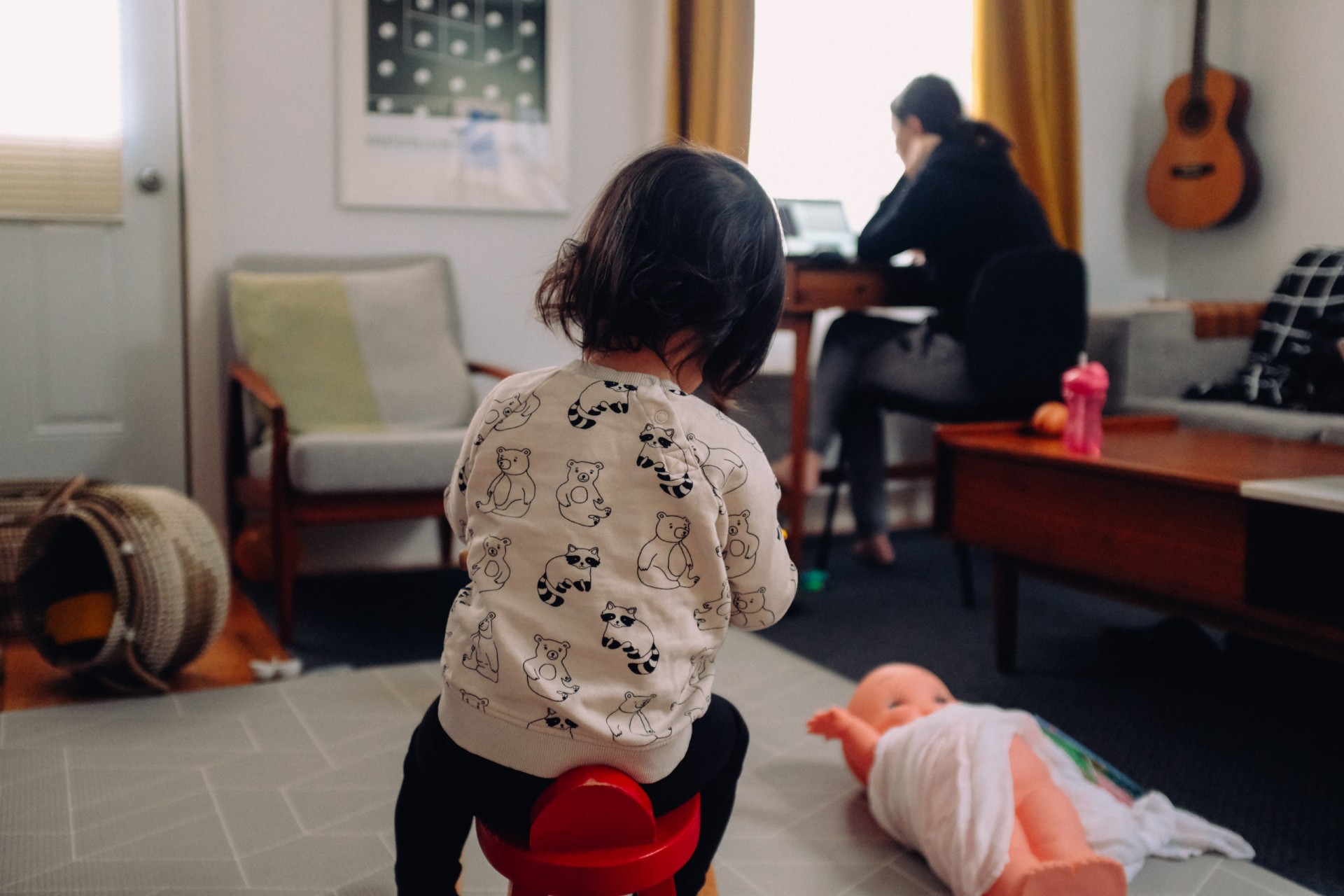During the lockdown period, most of us have been juggling multiple life domains—work, family, hobby, etc.—in a household shared by all the members. Given the current uncertainties and stressors, this has been very different from normal work-from-home experience some of us might have been familiar with. We have seen many posts on different virtual platforms trying to help us with work-life balance through sharing advice or tips. While acknowledging the value in many of such posts, one commonality among many of them is their prescriptive or this-is-probably-the-best-way-to-go-about-it nature. The critical missing point is that when it comes to managing our work-nonwork interface, (i) we have varying preferences; (ii) our access to resources is different; and (iii) we are faced with different expectations at work and nonwork.
Some of us prefer to integrate our work and nonwork and have no issues with responding to work emails late at night, picking work-related phones while running house errands, or taking care of family-related matters when our workplace allows it. Some of us prefer to have clear boundaries between work and nonwork and prefer work to be work and home to be home. Similar to other distributions, many stand somewhere in the middle of this integration-separation spectrum (Nippert-Eng, 1996 and 2008). While navigating the lockdown work-from-home experience, the challenges faced by the latter group are by no means similar to the ones faced by the former.
When it comes to resources that can impact our work-nonwork interface, some of us might have less time at hand due to having dependent children, being single mums, being a carer of elderly or disabled loved ones, and many other reasons. Home-schooling has made many parents carve out time from their daily routine as well. During the lockdown, home space and work-related equipment are among other resources to which individuals have varying levels of access and can make a huge difference in how we balance work and home.
Depending on our role expectations in family and work, we might have the luxury of accomplishing tasks within our preferred timeline or not. A hungry infant cannot wait until we finish a work task; our boss might want something done within a short time span and many more.
Now what? Let go of the idea of improving our work-life balance during the pandemic? Stop reading posts similar to this? I think one way to move forward it to think deeply about our work-home interface preferences, available resources, and expectations. Once having a clear picture of those, we might need to have self-reflection, a list of what is desirable and doable for us, and negotiations with our family members and employer. Hopefully, these will lead to slow but steady improvements in how we combine our work and nonwork or at least feeling good about having done all we could instead of feeling guilty after seeing, probably edited, flawless photos on social media manifesting a one-size-fits-all work-from-home experience.
Sources:
Nippert-Eng, C. (1996). Calendars and keys: The classification of “home” and “work”. Sociological Forum, 11(3), 563–582.
Nippert-Eng, C. (2008). Home and work: Negotiating boundaries through everyday life. Chicago: University of Chicago Press.


